Winter-Quarters Warmth – the Gurney Stove in Antarctica
A collaborative blog between Janine King (Heritage Development Officer, the Castle Bude) and Lizzie Meek (Programme Manager-Artefacts, Antarctic Heritage Trust).
Captain Scott’s 1911 “Terra Nova” Hut, Cape Evans, Antarctica, credit AHT/Gord Macdonald
On a gently sloping beach on Ross Island, with the slopes of the active volcano Mt Erebus towering behind, a simple wooden structure has weathered the storms of Antarctica for over 100 years. Built for Captain Robert Falcon Scott to shelter his British Antarctic Expedition team of 1910-13 whilst they carried out sledging journeys of science and exploration, the 50ft long building often known as ‘Scott’s hut’ housed 25 men, with an adjoining stables for the ponies and mules. With winter temperatures ranging down as low as -45C, an insulated and heated hut was essential for survival. The building had three stoves – a galley cooking stove in the ‘messdeck’, a small heating stove in the stables, and a Gurney stove (radiator) in the officer’s wardroom area.
The wardroom ‘Gurney’ stove, Cape Evans, with water tank on top for melting iceblocks credit AHT/Lizzie Meek
Illustration from ‘With Scott, the Silver Lining’ by Thomas Griffith Taylor (1916), pp263
Sir Goldsworthy Gurney
Even so, the hut was hardly cosy by today’s standards. Thomas Griffith Taylor (one of the expedition’s geologists) had numerous arguments with his colleagues about the temperature, and being scientifically minded he documented his findings. His measurements are in Fahrenheit: near the Gurney stove, it was 55°F (13°C) but at his bunk about 5 metres away on the southern side of the hut it was 42°F (5°C!!). Luckily ‘Grif’ as he was known, apparently preferred a cooler sleeping temperature.
The Gurney stove was undoubtedly the most successful invention of Sir Goldsworthy Gurney. A true Cornishman, Sir Goldsworthy’s Gurney’s contribution to the world of science and engineering was significant. Born at Treator, near Padstow, Cornwall, on Valentine’s Day in 1793, Gurney was to spend much of his life in the county of his birth. He originally trained in medicine and had a successful career in that field, however it was his calling to engineering and inventing that would go on to define his life.
Many of Gurney’s inventions were way ahead of their time. The Bude light, for example, was designed to create a bright light by introducing oxygen into a flame. The clever use of mirrors meant that the light could be reflected to cover a larger area. So successful was Gurney’s light that it was used to light the House of Commons for 60 years, with 3 lights replacing 280 candles. He even experimented with his home, when in 1830 he built The Castle in Bude, Cornwall using a concrete raft to build it on sand. This was a risky experiment, but one that paid off, as it is still standing today.
The Gurney stove was an early type of radiator. The chamber containing the heat source rested in a trough of water, which transmitted heat as it evaporated. Another pioneering feature was the structure: 24 cast iron fins that surrounded the stove, which further improved its performance. It is likely that Gurney’s design was the forerunner of the modern radiator. Designed to heat large spaces, the stove was installed into 22 cathedrals, including St. Pauls and over 10,000 churches and many schools and government buildings across the UK. There are still some examples that remain working, having been converted to gas, at Chester, Hereford and Tewksbury cathedrals.
By the time Captain Scott went south, the Gurney radiator would have been a well-known and trusted heat source, and provided a compact heating option for the hut, where space was limited. Designed to burn anthracite, the stove would have been fuelled by the compressed coal briquettes the expedition used as a fuel source.
By 2008, the condition of the iron stove was poor, with heavy corrosion affecting all surfaces. As part of a major programme of conservation works at the Cape Evans site, the Antarctic Heritage Trust(NZ) has applied conservation treatments to the stove to stabilise the metal. Corrosion removal and corrosion product conversion have been carried out and a protective coating applied. Careful research using historic photographs helped the Trust to track down missing components (scattered outside in the intervening years) such as the stove-top water tank, and the stove flues. These have also been treated and reinstated.
Gurney’s former home, The Castle, Bude, Cornwall UK
An early advert for the Gurney Stove
The Gurney stove before conservation treatment (left and middle) and after treatment (right).

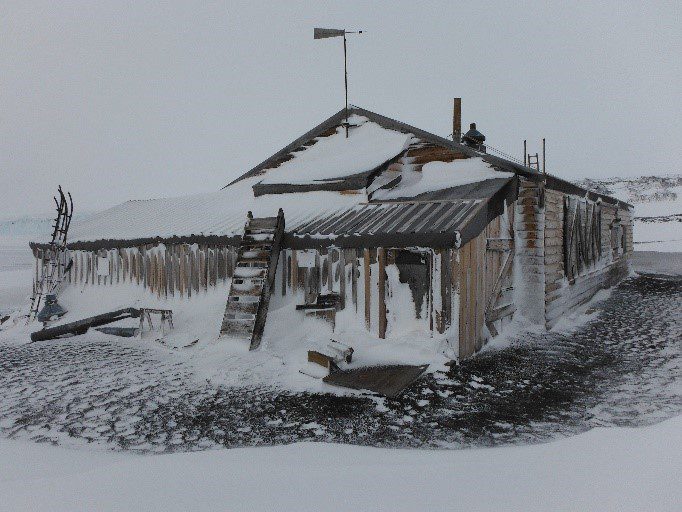
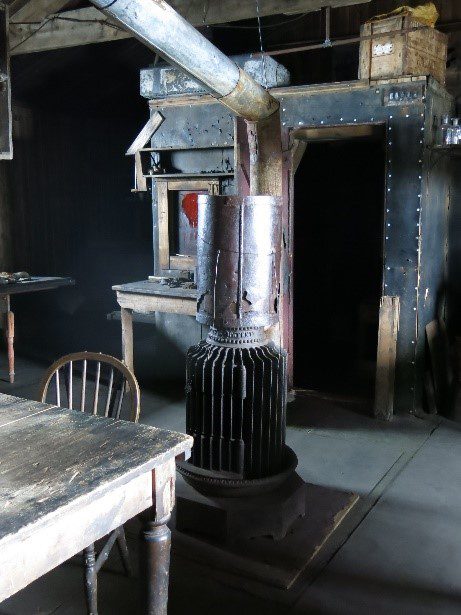
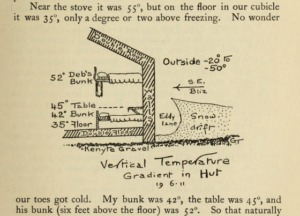
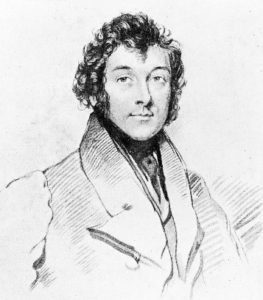
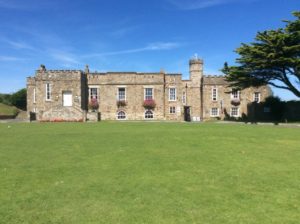

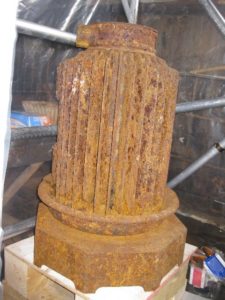
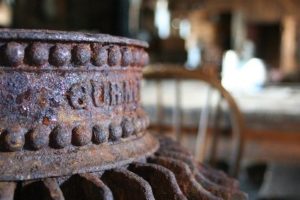


 Alexander Turnbull Collection
Alexander Turnbull Collection